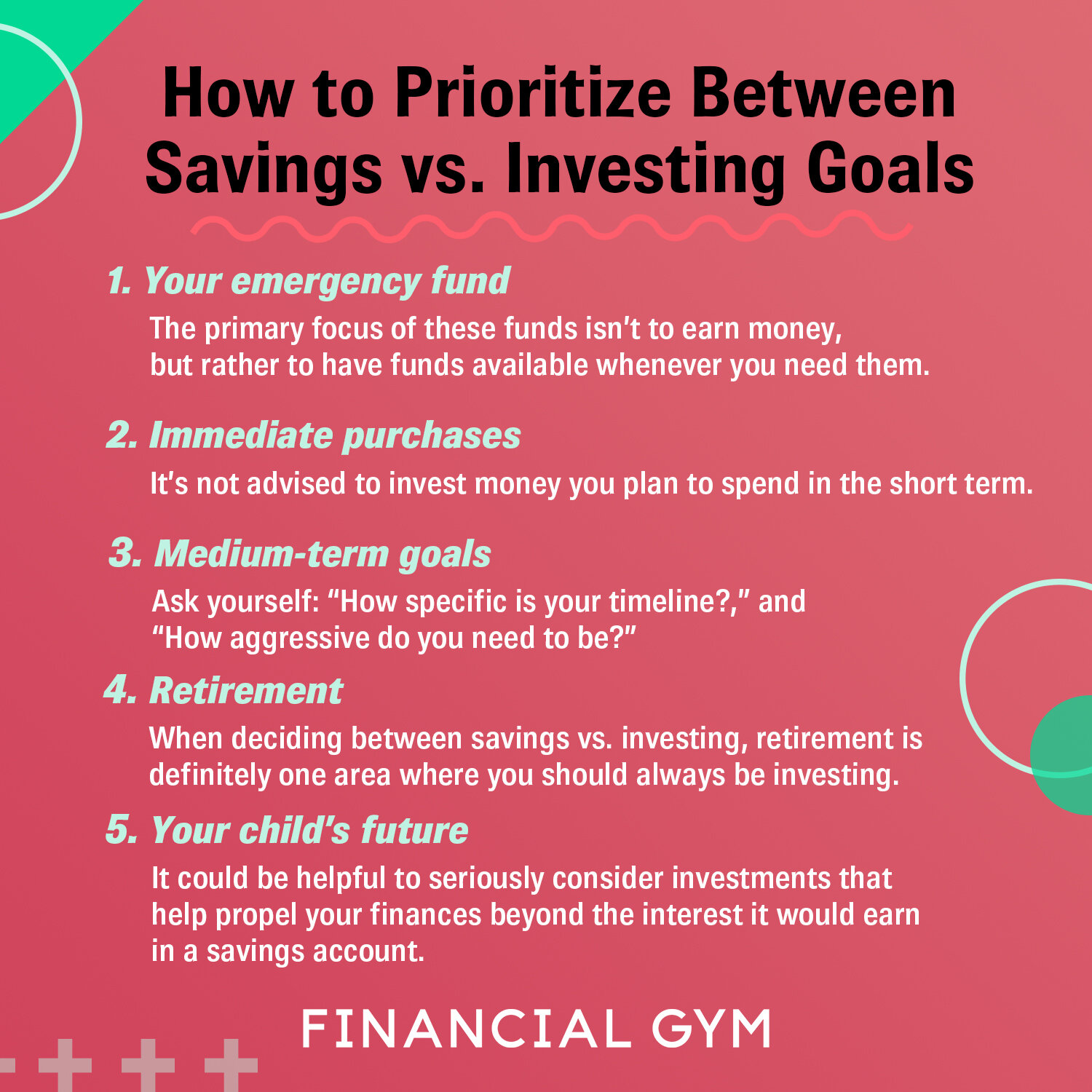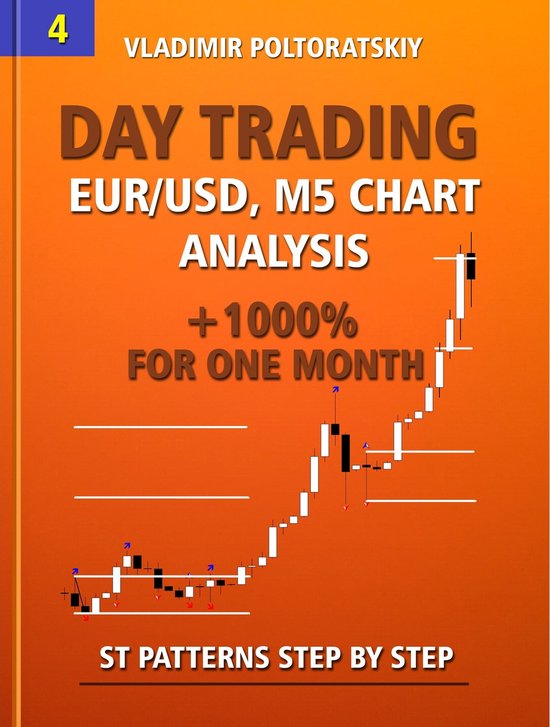
Are you looking for stocks that pay high dividend yields or payout ratios This is the place for you! We will guide you through the most critical factors to consider when purchasing a stock. These include sustainability, Ex-date, and payout ratio. This information will help to make smart investment decisions in Nasdaq stocks. These additional tips will help make your decision simpler. You'll also learn how to determine whether a stock is a good choice for your portfolio.
High dividend yields
While it may be tempting to buy high dividend yields in Nasdaq stocks, the risk of chasing high dividend yields is real. T. Rowe Price and Rio Tinto are just a few examples of companies that see their dividend yields rise as the stock falls. Investors might lose money by chasing high dividend returns. However, if you are patient and wait until a stock's dividend yield drops, you could be rewarded with a massive payout.

High payout ratios
Investors who want to earn high dividend yields should pay attention to the payout ratio. Companies that have a payout ratio greater than 50% are more likely to be profitable investments than companies with a ratio lower than 50 percent. The company's dividend payments can also remain stable despite earnings falling. Citigroup (C) is an example. It trades at a yield of 6.5x earnings, or 60% of its tangible value. At a yield of 4.3%, the company has earnings that can easily cover its dividend payments. Analysts predict that earnings growth will be greater next year. Investors will also be rewarded if they invest in Citigroup C.
Ex-date
The ex-date of dividends is a key aspect of investing in stocks of Nasdaq firms. An ex-date is the day before the record date for a dividend. A Tuesday security purchase will result in the stock being settled on Thursday. If you are a shareholder as of that date, you will receive a payment in dividends on Thursday.
Sustainable dividends
Dividend sustainability strategies should take into account the ability of the company to pay its current dividends, without having to incur additional debt or reduce their capital. If the payout ratio is not greater than 1, the dividend is likely to be sustainable. Companies that pay out more than they earn in dividends may not have the ability to repay their debts. For dividend sustainability strategies, companies that increase their dividends often should be considered. They should have a history with dividend increases and a low ratio of payouts.

Investing in dividend growth stocks
When investing in a stock, you need to understand why dividends are important. Dividends are a large part of a portfolio, and they are an important piece of the overall returns of a stock. Dividend growth stocks, aside from providing steady income for your portfolio, can also help protect it from market volatility. ETFs have a total expense ratio of around 0.1% and are commission-free.
FAQ
What are the advantages of investing through a mutual fund?
-
Low cost - Buying shares directly from a company can be expensive. Buying shares through a mutual fund is cheaper.
-
Diversification is a feature of most mutual funds that includes a variety securities. One security's value will decrease and others will go up.
-
Professional management - professional managers make sure that the fund invests only in those securities that are appropriate for its objectives.
-
Liquidity is a mutual fund that gives you quick access to cash. You can withdraw your funds whenever you wish.
-
Tax efficiency – mutual funds are tax efficient. Because mutual funds are tax efficient, you don’t have to worry much about capital gains or loss until you decide to sell your shares.
-
Buy and sell of shares are free from transaction costs.
-
Mutual funds are easy-to-use - they're simple to invest in. All you need to start a mutual fund is a bank account.
-
Flexibility: You have the freedom to change your holdings at any time without additional charges.
-
Access to information - You can view the fund's performance and see its current status.
-
Investment advice - ask questions and get the answers you need from the fund manager.
-
Security - Know exactly what security you have.
-
You can take control of the fund's investment decisions.
-
Portfolio tracking - You can track the performance over time of your portfolio.
-
Easy withdrawal - it is easy to withdraw funds.
What are the disadvantages of investing with mutual funds?
-
Limited choice - not every possible investment opportunity is available in a mutual fund.
-
High expense ratio - Brokerage charges, administrative fees and operating expenses are some of the costs associated with owning shares in a mutual fund. These expenses will reduce your returns.
-
Lack of liquidity - many mutual fund do not accept deposits. These mutual funds must be purchased using cash. This limit the amount of money that you can invest.
-
Poor customer service: There is no single point of contact for mutual fund customers who have problems. Instead, you need to contact the fund's brokers, salespeople, and administrators.
-
Ridiculous - If the fund is insolvent, you may lose everything.
What is the role of the Securities and Exchange Commission?
SEC regulates the securities exchanges and broker-dealers as well as investment companies involved in the distribution securities. It also enforces federal securities laws.
How do I choose a good investment company?
You should look for one that offers competitive fees, high-quality management, and a diversified portfolio. The type of security in your account will determine the fees. Some companies don't charge fees to hold cash, while others charge a flat annual fee regardless of the amount that you deposit. Others charge a percentage based on your total assets.
You should also find out what kind of performance history they have. If a company has a poor track record, it may not be the right fit for your needs. You want to avoid companies with low net asset value (NAV) and those with very volatile NAVs.
You should also check their investment philosophy. To achieve higher returns, an investment firm should be willing and able to take risks. If they aren't willing to take risk, they may not meet your expectations.
Statistics
- Even if you find talent for trading stocks, allocating more than 10% of your portfolio to an individual stock can expose your savings to too much volatility. (nerdwallet.com)
- "If all of your money's in one stock, you could potentially lose 50% of it overnight," Moore says. (nerdwallet.com)
- For instance, an individual or entity that owns 100,000 shares of a company with one million outstanding shares would have a 10% ownership stake. (investopedia.com)
- Our focus on Main Street investors reflects the fact that American households own $38 trillion worth of equities, more than 59 percent of the U.S. equity market either directly or indirectly through mutual funds, retirement accounts, and other investments. (sec.gov)
External Links
How To
How can I invest my money in bonds?
You need to buy an investment fund called a bond. They pay you back at regular intervals, despite the low interest rates. This way, you make money from them over time.
There are several ways to invest in bonds:
-
Directly buying individual bonds.
-
Buying shares of a bond fund.
-
Investing through an investment bank or broker
-
Investing through a financial institution.
-
Investing with a pension plan
-
Directly invest with a stockbroker
-
Investing with a mutual funds
-
Investing with a unit trust
-
Investing in a policy of life insurance
-
Investing with a private equity firm
-
Investing in an index-linked investment fund
-
Investing in a hedge-fund.